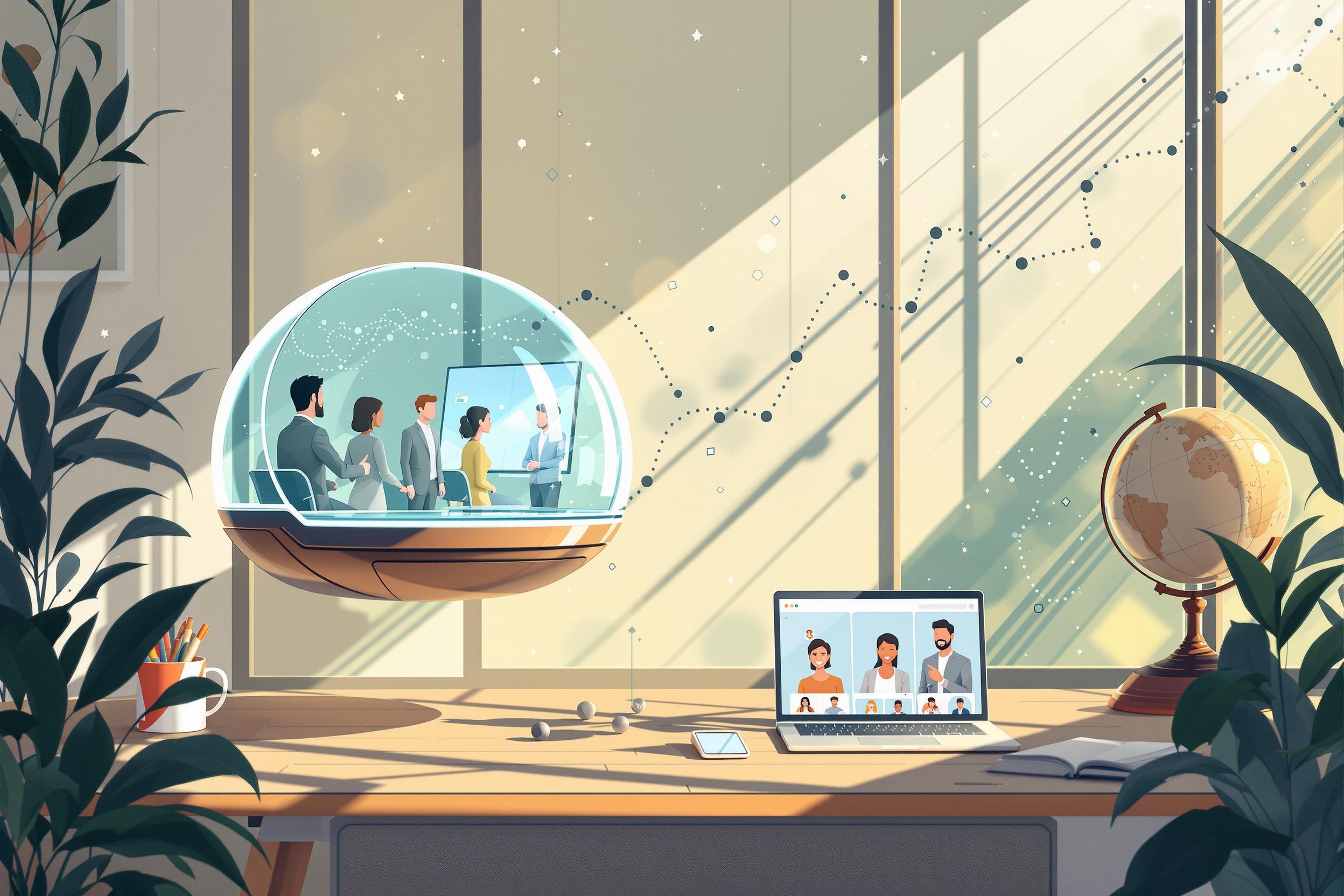
Perspective
Perspective is a fundamental artistic technique used in animation and storyboarding to create the illusion of depth and three-dimensional space in two-dimensional drawings. It's like drawing what you see when looking down a street - things farther away appear smaller and closer things look bigger. In animation job descriptions, when employers mention perspective skills, they're looking for artists who can accurately draw scenes, characters, and environments from different angles and viewpoints, making the artwork look natural and believable.
Examples in Resumes
Created dynamic action sequences applying strong Perspective principles in storyboards
Developed environmental concepts with accurate Perspective for animated feature film
Trained junior artists in Perspective techniques for background layouts
Typical job title: "Perspective Artists"
Also try searching for:
Where to Find Perspective Artists
Online Communities
Professional Networks
Learning Resources
Example Interview Questions
Senior Level Questions
Q: How do you approach teaching perspective principles to junior artists?
Expected Answer: A senior artist should explain their mentoring methods, how they break down complex perspective concepts into simple steps, and their experience in developing training materials or workshops.
Q: How do you handle complex multi-point perspective in dynamic action sequences?
Expected Answer: They should discuss their process for planning complex scenes, maintaining consistent perspective across multiple shots, and adapting perspective rules for dramatic effect while keeping scenes readable.
Mid Level Questions
Q: How do you ensure consistent perspective across a sequence of storyboard panels?
Expected Answer: Should explain their methods for maintaining spatial consistency, using reference points, and planning camera movements while keeping perspective accurate.
Q: Can you explain how you use perspective to enhance storytelling?
Expected Answer: Should describe how they use different perspective angles to create mood, emphasize character relationships, and direct viewer attention in scenes.
Junior Level Questions
Q: Can you explain the basic types of perspective drawing?
Expected Answer: Should be able to describe one-point, two-point, and three-point perspective in simple terms and when each type is typically used.
Q: How do you use reference materials when drawing in perspective?
Expected Answer: Should explain their process for gathering and using reference images, creating simple perspective grids, and applying basic perspective rules.
Experience Level Indicators
Junior (0-2 years)
- Basic one and two-point perspective drawing
- Understanding of horizon line and vanishing points
- Simple environment sketching
- Basic storyboard layouts
Mid (2-5 years)
- Complex multi-point perspective
- Dynamic camera angles
- Environment design in perspective
- Character placement in perspective
Senior (5+ years)
- Advanced perspective problem-solving
- Teaching and mentoring others
- Complex scene composition
- Perspective art direction
Red Flags to Watch For
- Unable to draw basic perspective grids
- Inconsistent horizon lines in artwork
- Poor understanding of spatial relationships
- No knowledge of perspective fundamentals
- Inability to maintain perspective across multiple drawings
Related Terms
Need more hiring wisdom? Check these out...

Unlocking Team Potential: Personality Mapping for Dynamic Management

Navigating the Virtual Horizon: Rethinking Leadership Succession in a Remote-First World

Virtual Reality in Certification Exams: How VR is Transforming Specialized Training

